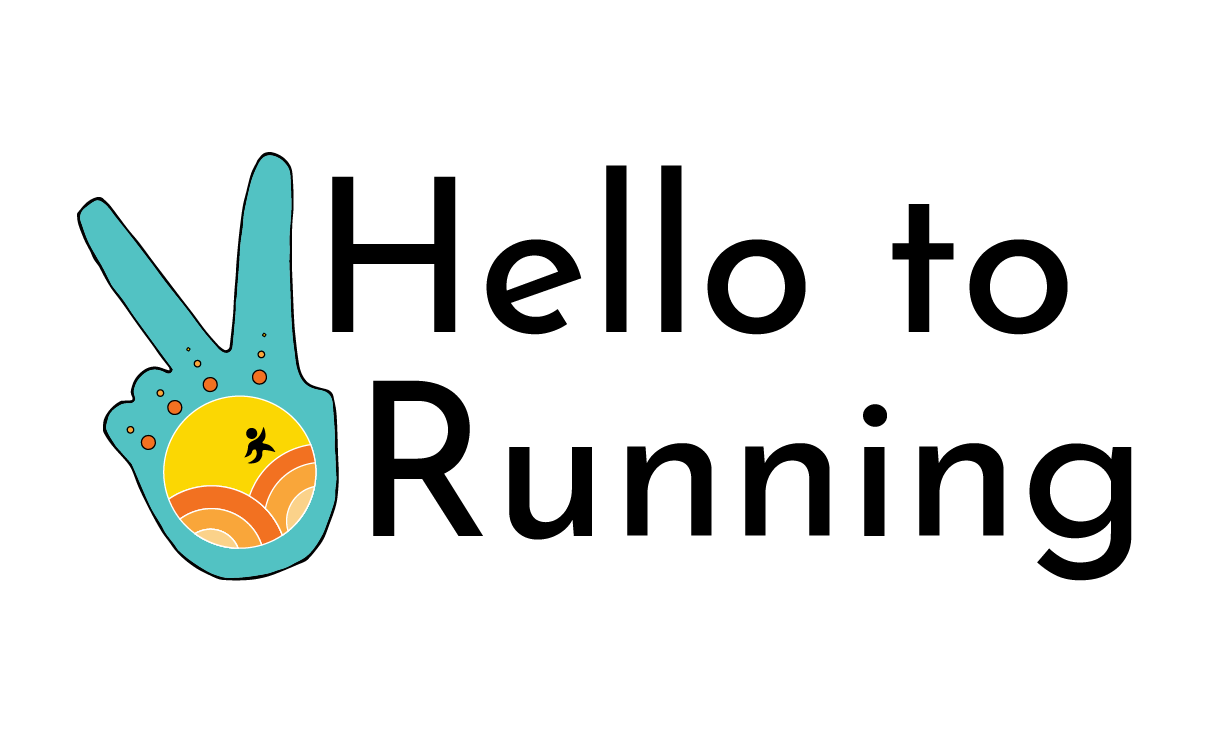Hello to Running: Foot Stretching Routine
Your feet serve as the main points of contact between you and the ground as you run. However, foot care tends to take a back seat for most runners. You only realize how important your feet are until they start to become painful. What’s more when pain develops in the feet there is often confusion on how to best treat the foot. That confusion is justified because there are 26 bones, 30 joints and over 100 muscles and tendons in the foot. Hence there are 156 reasons podiatrists exist.
Before I dive into the routine, some disclaimers (come on you had to have known that was coming). The routine I am going to talk about today is not a substitute for seeing a Physical Therapist or Podiatrist. Instead, it is a routine I have anecdotally seen be effective in helping manage foot pains. If you are experiencing significant levels of pain and the pain is only getting worse, please stop looking for solutions on the internet and see a qualified medical professional. Now that we have that out of the way, let’s talk feet (Sorry I realized that was gross as soon as I wrote it).
This routine is based off Phil Wharton’s Lower Leg Exercises and was taught to me when I was in college. I will admit that it’s practically the same routine as the original just with less emphasis on barefoot running. We can laugh now but remember back in 2012 when this routine came out Vibram five fingers were all the rage. (Yes, I did own and run in a pair of Vibrams)
Barefoot running aside, the idea behind the routine is to stretch your feet actively and passively. Active meaning you are actively utilizing intrinsic muscles to stretch your joint. Passive meaning you are using an outside force (like pulling with your hand) to stretch. By doing this we practice engaging our intrinsic foot and lower leg muscles and get a good stretch. Learning to engage your muscles will improve their capabilities to stabilize you as you run and prevent strains in the foot. Which will in turn protect you from future foot injuries. The passive stretching will help to loosen up the fascia, muscle, and tendons of the foot. I love a routine that gets you two for one!
The Routine:
For each exercise, actively stretch as far as you can go and then passively stretch further. For some exercises you will be unable to actively stretch in which case just stretch passively. Do ten reps of each exercise and go through the entire routine with one foot before moving to the next.
- Dorsiflexion at the Knee: Place your heel at your knee and lift your toes and forefoot off the ground towards your shin
- Dorsiflexion at the Butt: Place your heel at your butt and repeat the above motions
- Plantarflexion over the Knee: Cross your foot over your knee and point your toes
- Plantarflexion towards the Sky: Staying with your foot crossed over your knee, point your toes, and twist your foot so the sole is facing towards the sky.
- Foot eversion: Place your heel back at your knee and twist your forefoot out away from your other leg.
- Wringing the toes in: Wring your toes as if they were a rag towards your other leg.
- Wringing the toes out: Wring your toes as if they were a rag away from your other leg.
- Taco Feet: With both hands push down on the middle knuckle of your toes with your thumbs while simultaneously lifting the outer edges of your feet with your fingers.
- Inverted U: Push up the middle knuckle of your toes using your fingers while simultaneously pushing down the outer edge of your feet using your palms.
- Up and Down Toe Flexors: Go through each toe individually flexing them up 10 times and then down 10 times. While stretching a toe, immobilize all other toes to isolate it.
